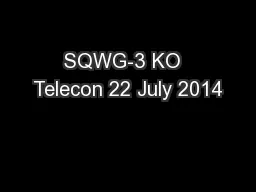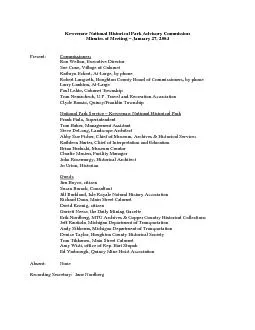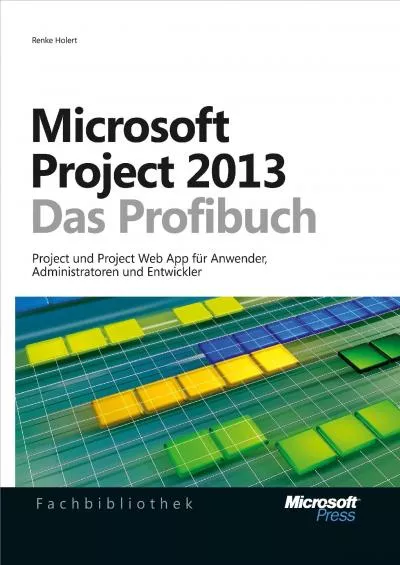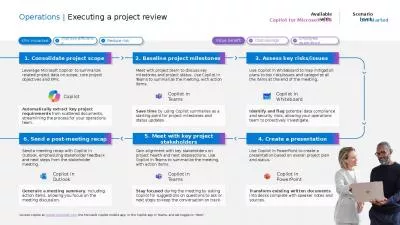PPT-FLUTCORE 6M project meeting
Author : celsa-spraggs | Published Date : 2017-05-03
Pampaloma April 2016 Olotu Ogonah Ben Blaha Tarit Mukhopadhyay Last time from L ondon Transferred fermentation protocol from UCL to 3P Based on Mixed Feed
Presentation Embed Code
Download Presentation
Download Presentation The PPT/PDF document "FLUTCORE 6M project meeting" is the property of its rightful owner. Permission is granted to download and print the materials on this website for personal, non-commercial use only, and to display it on your personal computer provided you do not modify the materials and that you retain all copyright notices contained in the materials. By downloading content from our website, you accept the terms of this agreement.
FLUTCORE 6M project meeting: Transcript
Download Rules Of Document
"FLUTCORE 6M project meeting"The content belongs to its owner. You may download and print it for personal use, without modification, and keep all copyright notices. By downloading, you agree to these terms.
Related Documents














